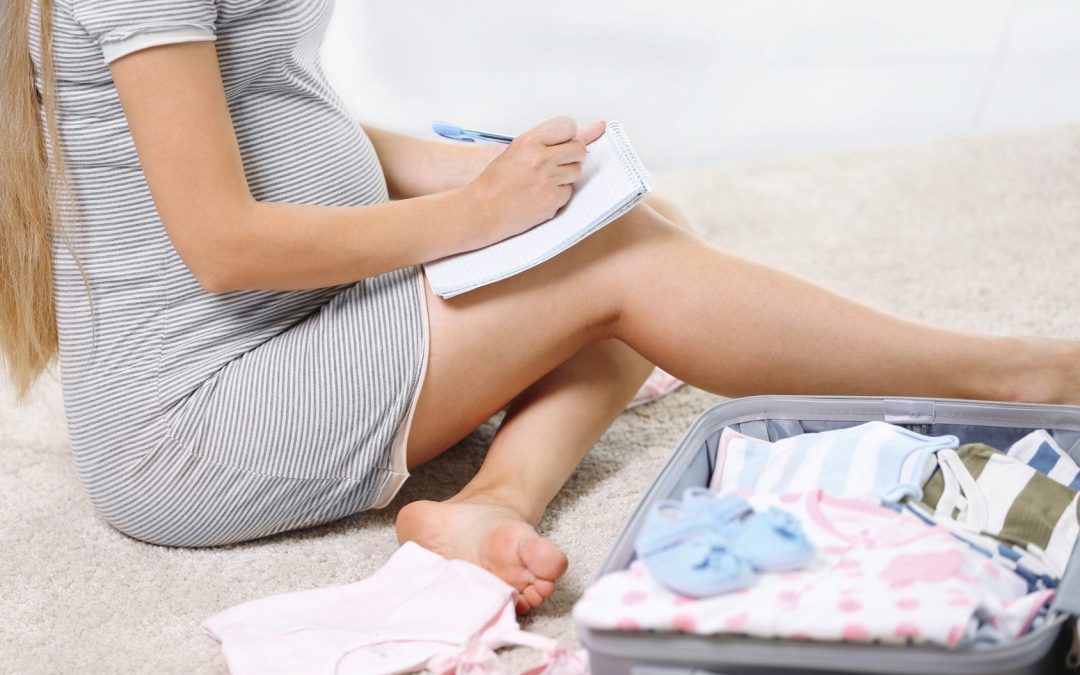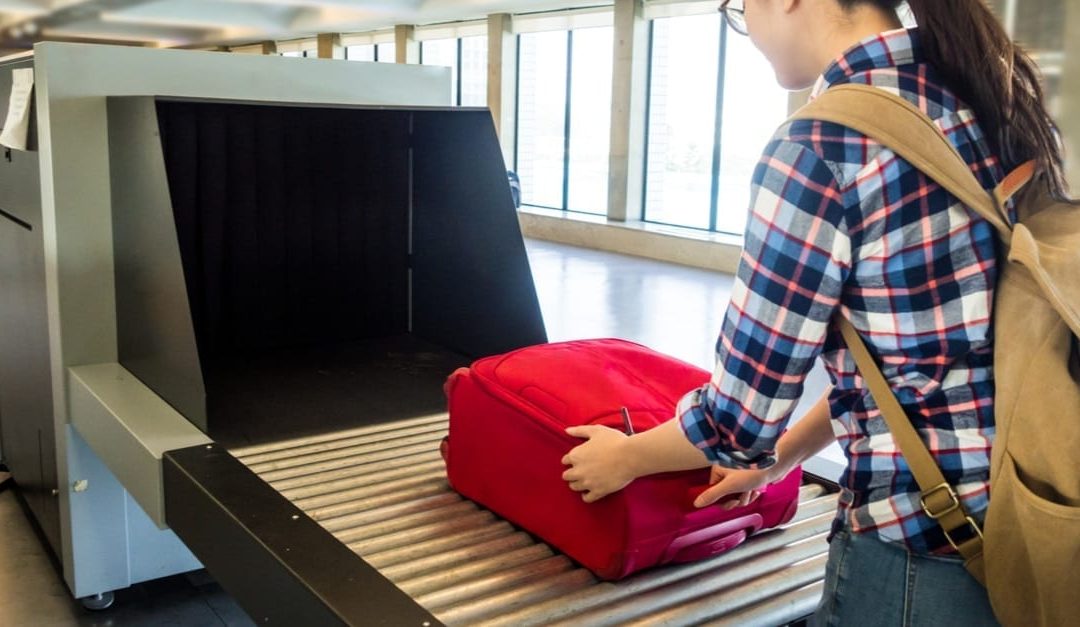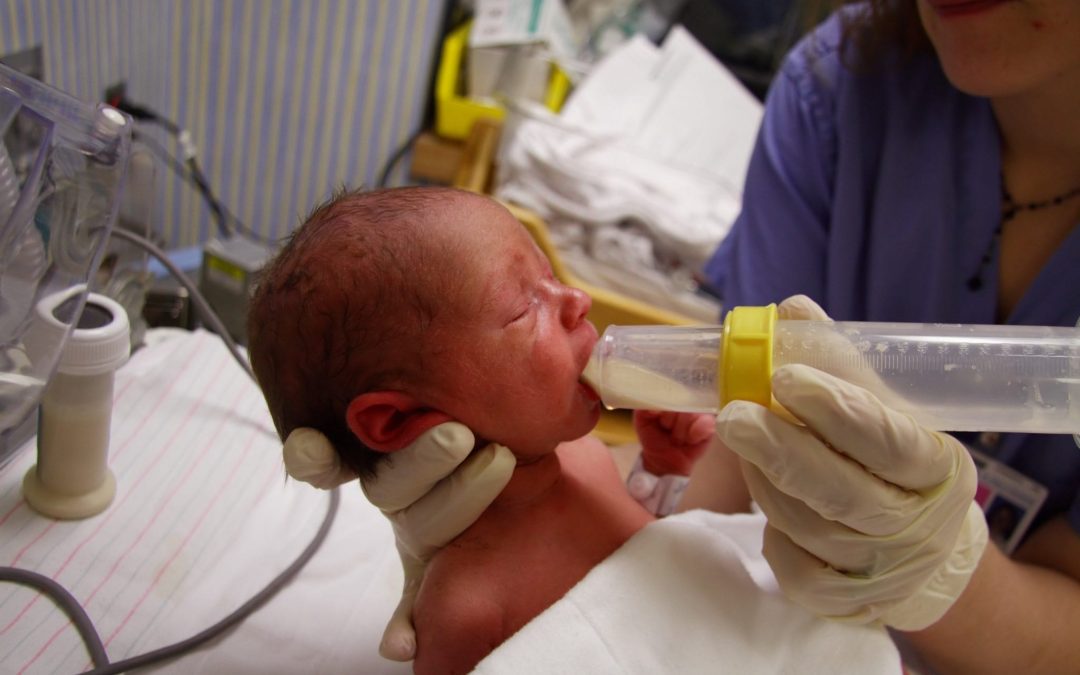Things to Make Breast Pumping Easier
Breast pumping is a wonderful way to continue to provide your baby nutritious breast milk while you are at work or away from your baby for a prolonged period of time. Because breast milk production increases the more that the baby nurses, breast pumping after nursing can also help struggling moms to increase their milk supply. Make your breast pumping sessions successful with these simple tips.
Acquire a Breast Pump that Works for You
We offers a variety breast pumps equipped with features to make pumping as comfortable and convenient for mom and baby as possible. Our models offer two pumps which allow you to pump both breasts at the same time, saving you valuable time and energy. The Affordable Care Act requires that most insurance companies provide breast pumps to new and expectant mothers. We accepts most insurance providers. By completing a simple form, we handle all the paperwork and you receive a quality breast pump that suits your individual needs.
Find the Proper-Size of Flange
Breast pump flanges, which attach to the breast and drain the milk, come in a standard size of 24 millimeters. Because there is no “standard” size of breasts when it comes to moms, you may have larger or smaller breasts that require a different size of the flange. An ill-fitting flange can decrease milk production or cause clogged milk ducts. Try the standard-size of the flange to see if it works for you. Your nipple should move freely in the flange, with a small amount of your areola being drawn in while pumping. If too much areola is being drawn in or the flange is tight on your nipple, a larger or smaller flange can make pumping more comfortable and more productive.
Establish a Pumping Schedule
Most babies require milk every three to four hours. In order to get the most out of your pumping sessions, establish a pumping schedule that mimics your baby’s needs by pumping at least every three hours. Begin in the morning, when breast milk production is at its highest, and continue to pump regularly throughout the day. Each pumping session should last between 10 and 15 minutes. Experts recommend pumping at least eight to 10 times a day for the best results.
Eat Healthy Snacks and Drink Lots of Water
Your body requires extra calories and water while breastfeeding. Eating a nutritious snack while pumping is a great way to get the extra calories and nutrients you need for healthy breast milk production. Pack a small bag with apple slices, string cheese or nuts and place it in your breast pump bag, along with several water bottles, to make healthy snacking easier.
Encourage Let-Down
Some moms have difficulty with milk let-down without their baby present. Encourage your milk to let-down by relaxing, placing a warm compress on your breast, gently massaging your breast in a circular motion and thinking about your baby. Many moms find it helpful to look at a picture of their baby during pumping away from home. Including a small picture in your breast pump bag can help.
Get Your Nursing Station Set-Up
Whether pumping away from home or after nursing your baby in the nursery, it’s important to set up a place for you to be you comfortable while you pump. A small blanket or cardigan nearby will help if you get chilly or feel more comfortable covering up during pumping. A good book can help keep you relaxed and occupied while pumping. Always sit in a comfortable chair with good support in order to prevent muscle tension or fatigue.
Tips for Moms Who are Increasing Milk Supply Through Pumping
We understand how challenging it can be to increase your milk supply or build up extra milk while still nursing your baby at home. Try pumping on the side that your baby didn’t nurse on, pumping for five to 10 minutes after each nursing session or pumping every three hours during the night while your baby is sleeping.
With the right preparation, you can continue to provide your baby breast milk after you return to work or for the babysitter while you are out through pumping. With our unique selection of pumps, moms can rest assured that they’ll find a fit and flow that’s most comfortable for her unique needs. We can help you gather the supplies and equipment you need so that you can relax and take care of yourself while you provide milk for your new little one.





